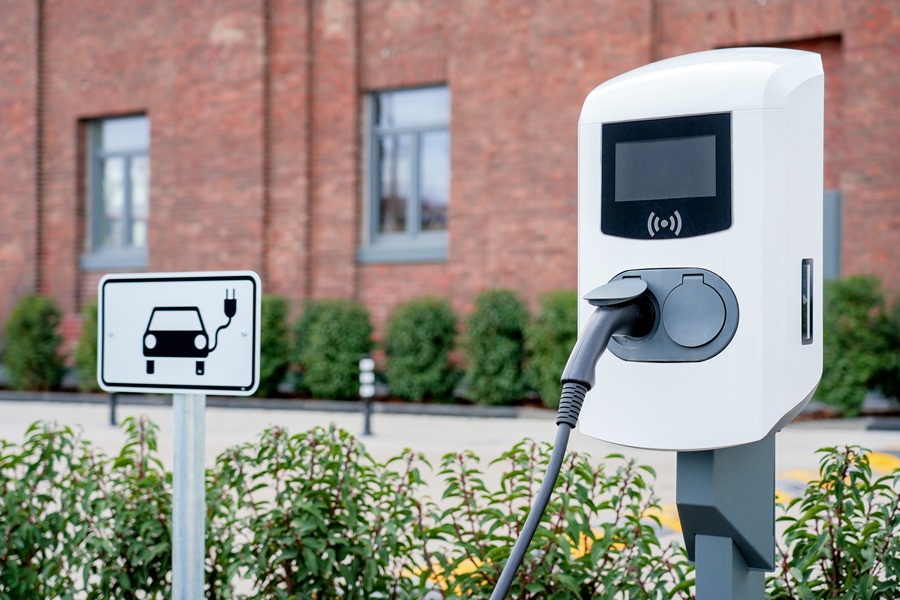The charging infrastructure forms the technical basis for the use of electric vehicles in commercial fleets. Without a needs-based and powerful charging infrastructure, electromobility cannot be operated efficiently or economically. Companies that rely on e-mobility must therefore invest in the development and expansion of the appropriate infrastructure at an early stage.
What is part of the charging infrastructure?
Charging infrastructure in the corporate context includes all technical and organizational components that enable the charging of electric vehicles:
- Charging stations and wallboxes for the company site
- Charging points in the underground car park or on the company premises
- Grid connection and energy supply, possibly in conjunction with PV systems
- Backend systems for controlling, billing and managing charging processes
- Access management to control who can load when and how
Planning and implementation Successful development of the charging infrastructure begins with a needs analysis:
- How many vehicles should be loaded?
- What charging power is required?
- What does the existing network capacity look like?
- Are there options for load balancing or integrating electricity storage systems?
This is followed by technical planning in close coordination with network operators, electrical engineers and, if necessary, building management.
Charging infrastructure and fleet management
Modern fleet software can be linked directly to the charging infrastructure. This allows charging times, costs and vehicle availability to be monitored and controlled efficiently. Integration with charging management systems and billing solutions is also possible.
Advantages for companies
- Operational safety: electric vehicles are always ready for use
- Cost efficiency: use of favorable electricity tariffs, load management and PV systems
- Future-proofing: preparing for legal requirements and sustainability goals
- Attractiveness for employees: Charging at the workplace as a benefit
Conclusion
The charging infrastructure is at the heart of every e-mobility strategy in the fleet. It determines whether electric mobility is practicable and economically viable in day-to-day business. Early, forward-looking planning is therefore essential for companies that want to make their fleet sustainable and future-proof.



